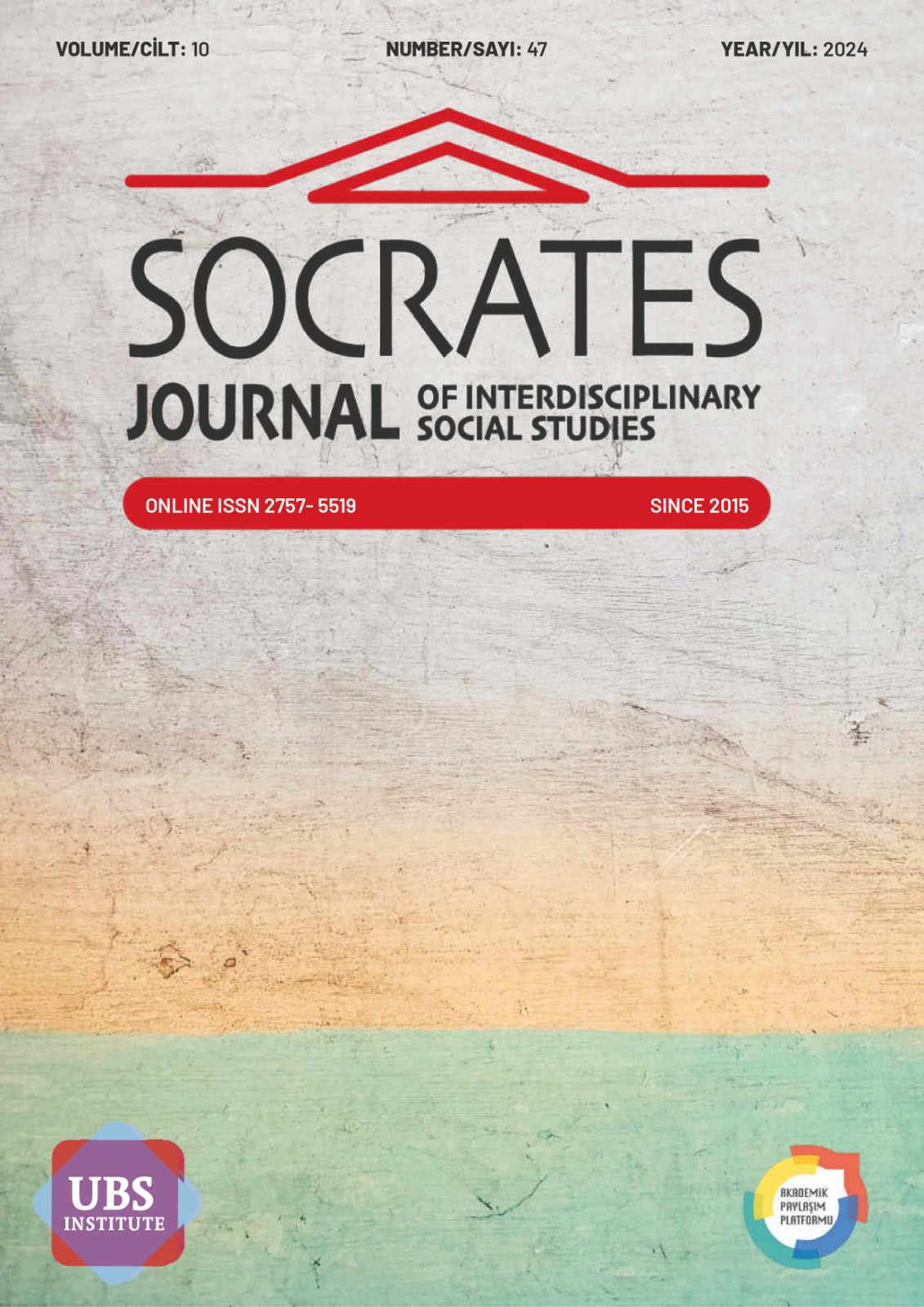LIGHTING DESIGN AS A DRAMATIC NARRATIVE TOOL IN STOP-MOTION ANIMATION: AN ANALYSIS THROUGH THE FILM ANOMALISA
LIGHTING DESIGN AS A DRAMATIC NARRATIVE TOOL IN STOP-MOTION ANIMATION: AN ANALYSIS THROUGH THE FILM ANOMALISA
DOI:
https://doi.org/10.5281/zenodo.14217878Keywords:
Keywords: Stop-motion, animation, lighting design, AnomalisaAbstract
In stop-motion animation, lighting design is considered a significant tool for creating the atmosphere of the story and expressing the emotional states of the characters, drawing parallels with stage lighting principles in theater. However, for each frame of stop-motion animation, light sources and directions must be redefined. Adjusting light directions in every frame, taking into account the changing camera angles and shifts in setting, is one of the defining actions of this technique. In this context, lighting design is regarded as an element that supports the narrative and directs the emotional responses of the audience. Anomalisa, a film created using stop-motion technique, serves as an impressive example of how lighting design is utilized to enhance the emotional depth of the characters and the atmosphere of the story. This study examines the effects of lighting design on dramatic storytelling in stop-motion animation, taking the 2015 film Anomalisa as a case study, and focuses on the elements that enrich dramatic storytelling. As a result of the research, lighting design in the Anomalisa film has gone beyond illuminating the physical environment of the characters and has become a tool for describing their psychological world and emotional states. The lighting design techniques and color compositions used contribute to the dramatic narrative of the film and include the audience in the mental journey of the characters.
References
Benedetto, S. d. (2012). Tiyatro Tasarımı. Ankara: De Ki Basım Yayın.
Brown, B. (2008). Sinemada ve Videoda Işıklandırma. İstanbul: Hil Yayıncılık.
Candemir, A. (2008). Video Kamera: Stüdyo Ortamları ve Dış Çekimler. Eskişehir: Anadolu üniversitesi Yayınları.
Dercksen, D. (2016, February 22). The Stop-Motion Animation Magic Of Anomalisa. the writing studio: https://writingstudio.co.za/the-stop-motion-animation-magic-of-anomalisa/ adresinden alındı
Gasek, T. (2012). Frame-by-frame stop motion: The Guide to Non-Traditional Animation Techniques. Oxford: Focal Press.
Kılıç, L. (2003). Görüntü Estetiği. İstanbul: İnkılap Yayınları .
Lepot, C. (2013). Stop motion: From plastic to plasmatic cinema. Animation Practice, Process & Production, 3(1-2), 133-148.
Macnab, G. (2016, march 10). Anomalisa, film review: Charlie Kaufman brings new depths to animation. Independent: https://www.independent.co.uk/arts-entertainment/films/reviews/anomalisa-film-review-charlie-kaufman-brings-new-depths-to-animation-a6924251.html adresinden alındı
Malkiewicz, K. (1986). Film Lighting. New York: Prentice Hall Press.
Maselli, V. (2018). The Evolution of Stop-motion Animation Technique Through 120 Years of Technological Innovations. International Journal of Literature and Arts 6(3), 54-62.
Millerson, G. (1989). TV Scenic Design Handbook. London: Focal Press.
Millerson, G. (2002). Lighting for Television and Film. Great Britain: Focal Press.
Mojtabai, R. (1994). Fregoli Syndrome. Australian and New Zeland Journal of Psyhiatry, 458-462.
Moore, R. (2016, January 20). movie review: Anomalisa. Movie Nation: https://rogersmovienation.com/2016/01/20/movie-review-anomalisa/ adresinden alındı
Peter Lord, B. S. (2015). Cracking Animation :The Aardman Book of 3D Animation. London: Thames and Hudson.
Pikkov, Ü. (2010). Animasophy. Estonia: The Estonian Academy of Arts.
Purves, B. (2010). Basics animation 04: Stop-motion (Vol. 4). london: Ava Publishing.
Purves, B. J. (2014). Stop-Motion Animation Frame by Frame Film-making with Puppets and Models. London: Bloomsbury Publishing .
Sayatman, N. R. (2013). Design of Claymation with Virtual-Set Methods for Animation Film Production. research gate: https://www.researchgate.net/publication/310480994 adresinden alındı
Shaw, S. (2017). Stop Motion :Craft Skills for Model Animation. FL: CRC Press.
Siti Hajar Aznam, H. R. (2020). STOP MOTION AS A MEDIUM TO TEACH AND LEARN EXPERIMENTAL ANIMATION. Voice of Academia, 42-49.
starburnsindustries. (2020). https://www.starburnsindustries.com/behind-the-scenes?pgid=j5kaxw2m-bd5b2ad2-16d7-415b-9ff7-ef59231fe85f adresinden alındı
Şenyapılı, Ö. (1998). Sinema ve Tasarım. Ankara: ODTÜ Mimarlık Fakültesi Yayınları.
Thomas, F., & Johnston, O. (1981). The Illusion of Life: Disney Animation. New York: Disney Edition.
Downloads
Published
How to Cite
Issue
Section
License
Copyright (c) 2024 Socrates Journal of Interdisciplinary Social Studies

This work is licensed under a Creative Commons Attribution 4.0 International License.


